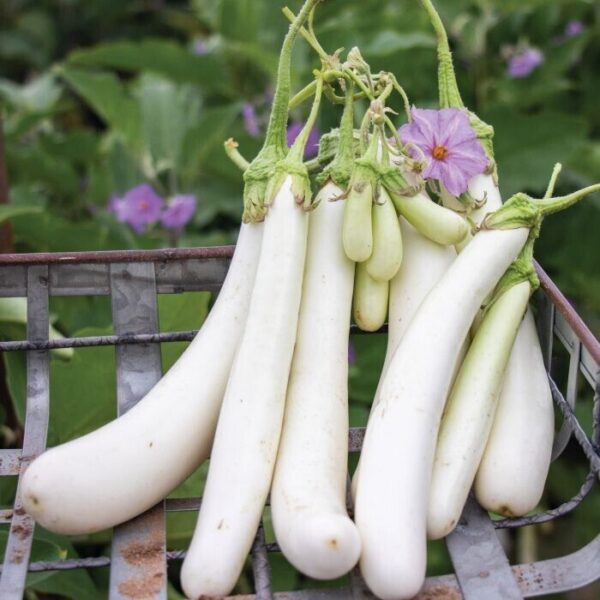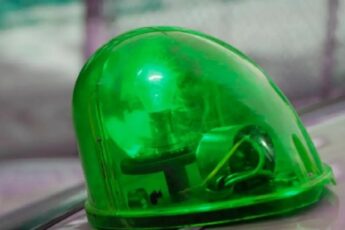When we think of an eggplant, we usually envision a long, purple fruit. Yes, it’s a fruit, even though it’s often used in savory dishes. But that’s not always the case!
Eggplants can be a fantastic addition to various dishes or even stand on their own. They can be grilled, baked with tomato sauce and cheese, or incorporated into casseroles.
However, have you ever wondered about the unusual name for this fruit? The typical eggplant doesn’t resemble an egg at all.
Yet, this viral photo from Reddit makes the name much more understandable!
Before they’re ripe it’s easier to understand why they’re called eggplants.
byu/price1869 inpics
Now that we’ve seen how eggplants can indeed resemble their name before maturing into the familiar form, let’s explore the differences between white and purple eggplants.
White eggplants, also known as white aubergines, have a creamy white color, unlike the more common deep purple variety.
Though the eggplants in the picture might suggest that all white eggplants are small, they can actually grow longer.
Likewise, purple eggplants can sometimes be small and round.

In terms of taste, all eggplants can be somewhat bitter and tough when raw. The chewy fruit almost feels like a sponge if not cooked first.
When cooked, eggplants absorb the flavors of the ingredients they’re combined with. They can be grilled, roasted, sautéed, fried, or baked, and they particularly complement dishes with light sauces or delicate flavors.
However, if overcooked, eggplant can become too mushy to be enjoyable.
According to Specialty Produce, white eggplant has a “fruity and mild” flavor, and when cooked, it becomes “warm” and “mellow.”
Due to the thicker skin of white eggplants, it’s recommended to peel them before cooking or eating. In contrast, purple eggplants have thinner skin that can be eaten without peeling.

White eggplants are less common than their purple counterparts but can often be found in specialty markets or through online seed catalogs for home gardeners.
Eggplants were first mentioned in a Chinese agricultural book in 544.
The name “eggplant” originated from European farmers in the 1700s, who noticed that the fruit at the time resembled small white or yellow eggs, reminiscent of goose or duck eggs.
Did you know eggplants could look like this? Let us know in the comments!







